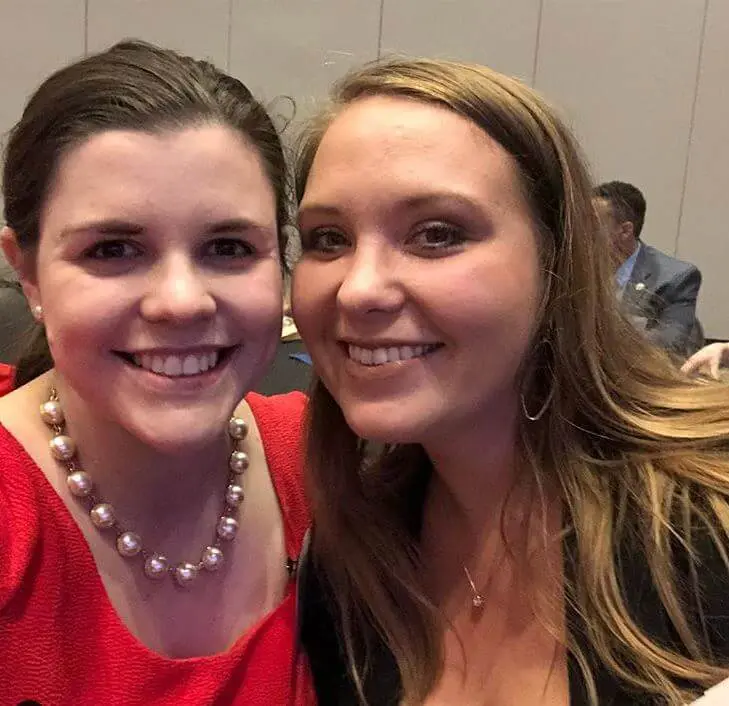A lot of confusion surrounds public relations: Specifically, the purpose of the profession and how organizations can best use it. The Public Relations Society of America (PRSA) defines public relations (PR) as “a strategic communication process that builds mutually beneficial relationships between organizations and their public.”
PR is not always what organizational leadership necessarily expects. At a high level, one big difference between advertising and PR is that one is paid media vs. earned media coverage – resulting in differing client/customer responses, measurement tools and more.
But – PR is so much more than that. Here are a few other key differences to help businesses use PR strategically:
What PR CAN do…
- Authentically engage your clients and customers. PR professionals are experts at staying in the conversation. In other words, we can follow trends, stay current and listen to what’s happening online, in-person and on social media to see what your audience is saying about you – wherever they might be. Even though you may think you have control over what’s being said about you and your organization, it’s much more likely that people are talking about you without your direct involvement. By not being part of the conversation, you’re missing out on some critical feedback.
- Establish your brand as a go-to resource. Everyone wants to communicate that their brand is the “best of the best,” which can be difficult to do without sounding boastful and biased or worse – if it’s not true. By making your expertise accessible and topical through traditional media and other avenues, PR pros can help you share your expertise in all the right places/contacts. What this can also do is drum up traffic coming into your marketing and sales departments. After all, the most credible and trusted endorsement is one that comes from a third party.
- Build your brand. Managing a brand’s reputation is anything but easy. In fact, you might not even be fully aware of what your brand’s reputation is without the help of PR. And, building a brand’s reputation can be even more trying. Let’s face it – your key audiences are less likely to support your organization if they do not trust you. Brand reputation – and the ongoing effort to improve it – is a must.
What PR CAN’T do…
- Put lipstick on a pig. PR is all about creating mutually beneficial relationships, and this requires transparency. PR professionals communicate your brand by shedding light on the organization’s culture and practices… Not covering up what you may or may not want your customers or clients to know about your brand.
- Make something that is important to you into front-page news. A topic or issue that is interesting to the public is something that is newsworthy – and there are many ways to make it relevant to public interests. But, organizations must be cautious that not all internal news is ready or even appropriate for the public. PR professionals can help you bridge the gap between what’s news to you and how to make it most relevant to the world.
- Draw a direct, traceable line from PR to increased sales. Being able to track the direct impact a story might have on sales is certainly one of the most challenging aspects of PR. In fact, studies show that to incite an action, audiences may have to see a message anywhere from 7-27 times. Like in any relationship, building a reputation/adding clients and customers can take time.
There you have it – you are now a pro when it comes to the most effective way to use PR for your organization!


